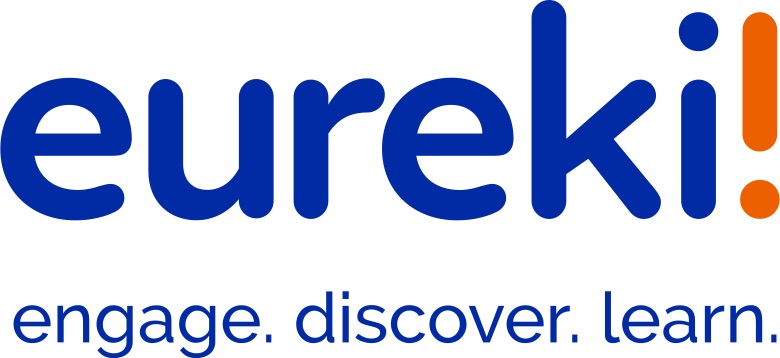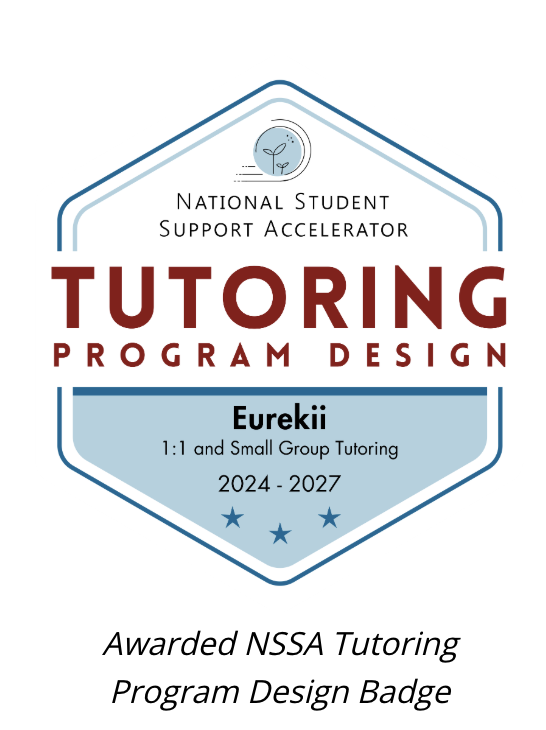Math Crisis As Schools Open – Can the Community Be an Answer?
As schools open for the 2022-2023 school year, over 2,000 teaching vacancies remain in the state of Maryland alone. One of the disciplines that has seen the highest number of vacancies is mathematics. Qualified middle school and high school math teachers are in particular demand amidst this crisis. Finding and keeping these qualified professionals is one of the biggest challenges in education post pandemic.
Before COVID, recruiting high-quality math teachers in high-poverty city school was a common challenge. However, with an unprecedented number of teachers leaving the profession, in combination with a declining number of educators entering the teaching profession, the most vulnerable students, once again, are left behind.
We have seen this first hand, at every turn. Schools are asking whether we know any available math teachers. We have seen schools with limited staff place non-qualified subs in positions of middle school and high school math teachers because they simply don’t have any other options to fill these positions. The reliance upon tutoring platforms and online learning tools can only go so far without human intervention. However, some school leaders are innovating. One we’ve been involved with and are excited about has relied upon training their community. Here’s what they did:
The school started by reaching out to their community – current parents, volunteers, aides, subs, and anyone who had a relationship with the school community, and they asked – “Do you have an interest in learning and tutoring math in the schools?” Those who were interested completed a pre-test which told us how much math they actually knew. We then trained them on pedagogical best practices in math education – those that we use in tutoring. The candidates spent four days strengthening their content knowledge, pedagogy, and student engagement strategies. They also completed homework to ensure they did well on their post-test.
These para-educators could never replace a qualified teacher. However, they can help students in small groups and can provide different strategies to engage them. Throughout the school year, we will be checking in regularly to ensure they are effectively helping students through quantifiable metrics and school leadership confirmation.
What is exciting about this possibility is that the school is arming its own people with math learning and building its own potential pipeline of educators both in and outside of school. Those who do not end up in schools now have a much better appreciation for math and can help their own children and those in the community. Those we recommend have a strong potential to become future math teachers.
Is this the best way to bring math support to the school? We won’t know until we try. At the minimum, we are involving the community in teaching their own children while becoming part of a solution that may positively impact more than just the students. We know we have to be creative as we navigate these challenges and work toward the future of education post pandemic.






